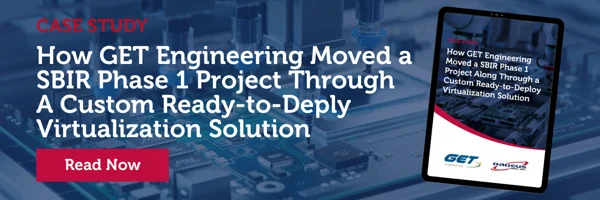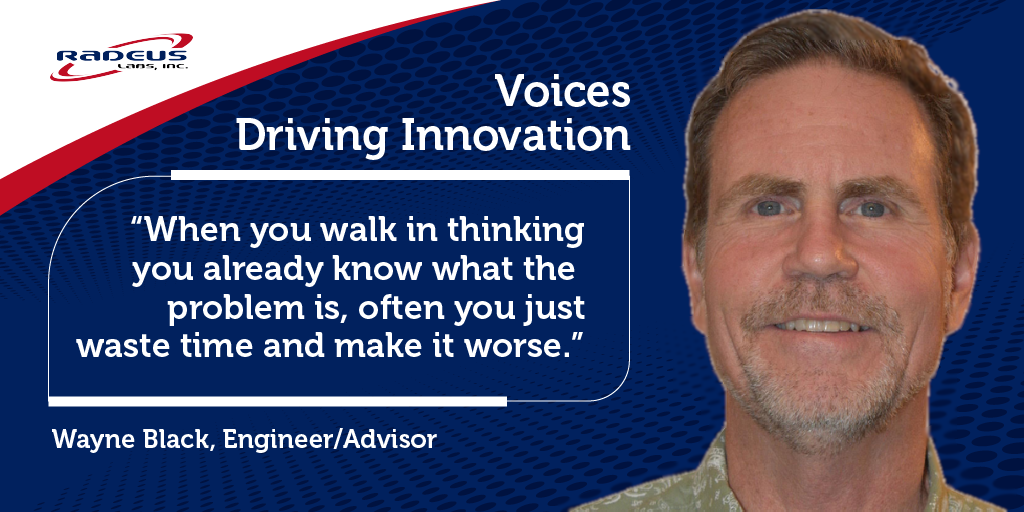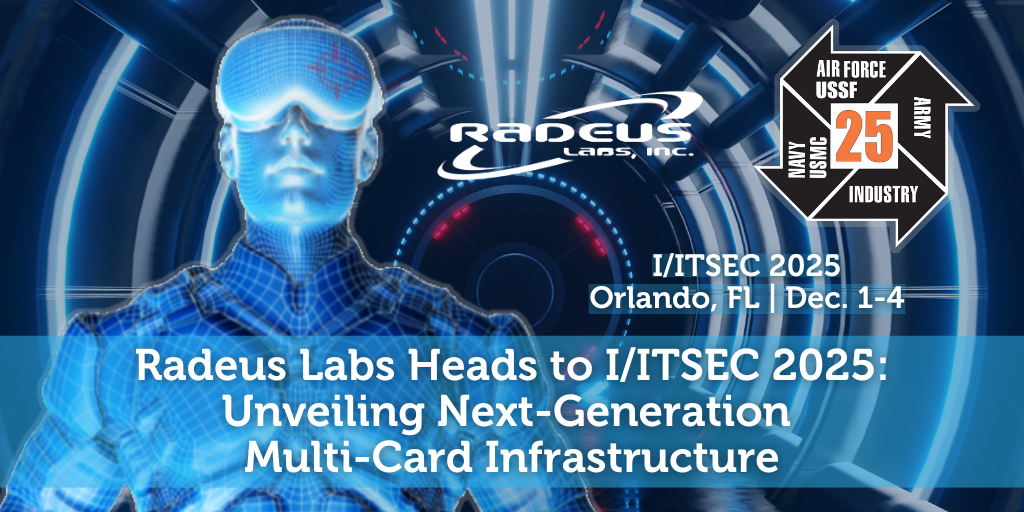[NEW CASE STUDY] For teams working on federally funded innovation efforts—whether through SBIR, STTR, or other government-backed programs—technical success is only part of the equation. Getting your prototype into a real-world, testable environment can be a challenge all its own.
When Innovation Hits a Wall
It’s a familiar story: you’ve built powerful, purpose-driven software that shows real promise. But now the clock is ticking, and you need to deploy it in a secure, production-ready format—often on hardware that aligns with strict specs, timelines, and budget constraints. This is where many promising projects lose momentum.
That’s exactly the situation one San Diego-based firm faced during their Phase 1 SBIR. With software that worked beautifully in development but no infrastructure to support it at scale, they turned to Radeus Labs.
Why Infrastructure Choices Matter
What they needed wasn't just a server. It was a path forward—a way to virtualize their application, meet their program requirements, and do it all without getting sidetracked by hardware complexity or spiraling costs.
Radeus Labs stepped in with a consultative approach, helping the team define their environment, select the right hardware, and deploy a VMware-ready solution built to support both testing and future scaling.
Real Support, Real Speed
The result? A smooth transition from prototype to proof-of-concept, completed in days—not weeks. The engineering team stayed focused on their core innovation while Radeus handled the infrastructure challenge.
Read the Full Story
If you're navigating a similar landscape—government contracts, sensitive IP, or just mission-critical R&D—you’ll want to see how this team tackled it. Our new case study walks through the process, challenges, and the real-world solution that helped move the project forward.
👉 Discover how smart infrastructure choices can accelerate your next project. [Read the case study now.]

.png)



